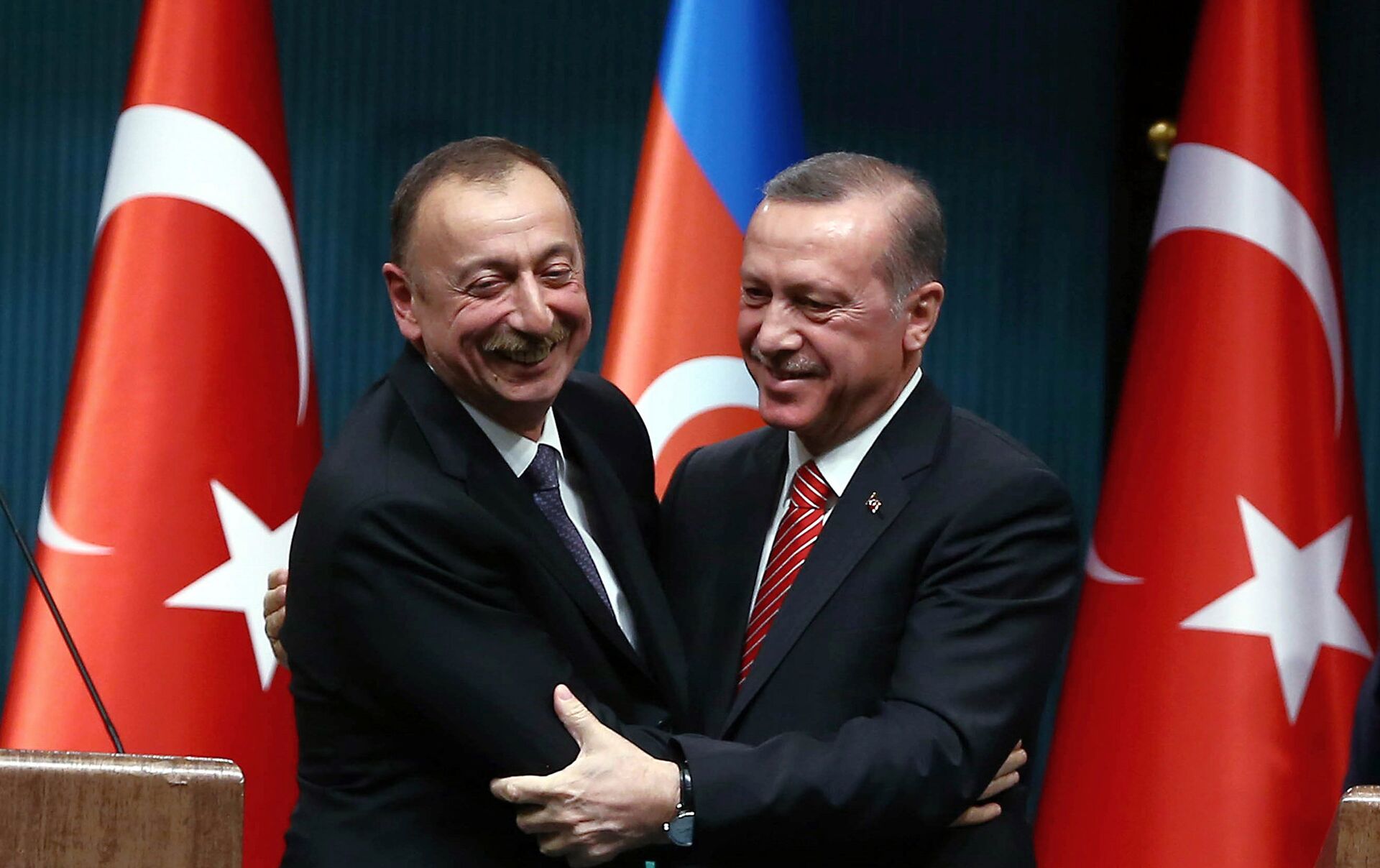Seven little-known facts about the First Azerbaijan Democratic Republic
“…Having been left solely to their own devices, the South Caucasus nations took their fate in their own hands and created…”
That’s how the Declaration of Independence of Azerbaijan begins. As is pointed out in the very text of the declaration, by a fortuitous coincidence of circumstances, it was announced about setting up the Azerbaijan Democratic Republic (ADR) in Tbilisi on 28 May, 1918.
Every Azerbaijani knows that the Azerbaijan Democratic Republic was ‘the first brick’ in building our independence and Azerbaijani statehood. Also, the ADR is known for women’s suffrage and education reforms. But do we know everything about the First Republic?
If you aren’t surprised by any of the following facts, then you have a profound knowledge of Azerbaijani history.
1. The ADR founders were elected during the turbulent year of 1917, between the collapse of the Russian Empire and the outbreak of the Russian Civil War.
Fourty-four MPs from Azerbaijan, who arrived in Tiflis (that’s how Tbilisi was referred to in Azerbaijan) first to set up the Transcaucasian Federation (comprising Georgia, Armenia and Azerbaijan), and then to establish the Azerbaijan Democratic Republic, were the members of the Russian Founding Assembly, elected through a popular vote right ahead of the dissolution of that very assembly.
2.The scholars still can’t precisely determine the ADR area.
Different figures are provided, ranging from 83,000 sq.km up to 147,000 sq.km. Frankly speaking, there is little sense in those disputes, because the aforesaid 3 South Caucasus republics had been continuously wrangling over the territories from the day of its foundation up until its elimination.
3.The ADR is one of three Azerbaijani republics existing in that period.
This fact is overshadowed by the heroic glory of the First Republic and it seems that it was the only one. However, there were also the Aras-Turkic and South-Western Caucasus Democratic Republics. The first one was located in Nakhichevan, while the second one – in present-day Turkey.
4.The ADR was facing economic problems.
Before the war, Baku had supplied Russia with up to 6,5 million tons of oil. However, due to the UK’s ‘sanctions’ against Soviet Russia, the ADR was prohibited from exporting oil to Russia and all export-related decisions, in general, were to be coordinated with British leadership. As a result, oil production dropped by nearly half, while oil processing – by 22 times. The situation was no better in other fields, which led to tremendous unemployment and a hike in inflation rates.
5.A corruption scandal.
The fourth government, led by Fatali Khan Khoyski, had to resign due to corruption problems. The matter concerned the trade minister’s involvement in misappropriation of grain crops.
6.Emin Rasulzade, a founding father of the Azerbaijan Democratic Republic, established the first higher education institution – Baku State University.
86 young Azerbaijanis were sent to Europe for studies. Whereas upon their return, they actively got engaged in developing the already Soviet Azerbaijan.
7.There were political prisoners in the ADR.
The situation with human rights and fundamental freedoms in the country was very ambiguous. There was no censorship, and therefore, the newspapers sprouted like mushrooms after the summer rains, including 41 newspapers published in Russian and 5 in the Armenian language.
On the other hand, there were political prisoners in the country, though, they were amnestied from time to time. Those were mostly the Bolsheviks (supporters of the Soviet system). ‘Suspicious’ murders of the Bolsheviks were also the case, and the perpetrators were never found.
However, the freedom of assembly was ensured to a certain extent. For example, the Azerbaijani Communist Party held its first congress some 50-100 meters away from the parliament building, despite the fact that the Bolsheviks’ activity was banned in the country.






Mammad Emin Rasulzade, Chairman of the National Council of the Azerbaijan Democratic Republic and the key ideologist of Azerbaijan’s independence. The only monument to Rasulzade is located in Baku’s outskirts, in his native Novhani settlement, just a 30-minute drive from the city center (25km)
Reference:
T. Nasirov. A struggle for power in Azerbaijan (1917-1920). Baku, 1993
E. Fatullayev, A. Akhmedov. Azerbaijani parliamentary government’s role and place in various political systems (1906-1920). Book I. Baku, 1997.
N. Nəsibzadə. Azərbaycan Demokratik Respublikası. Bakı, 1990.
The History of Azerbaijan. Volume 3. Part I, Baku, 1963.
Read JAMnews columnist’s comments here:


















